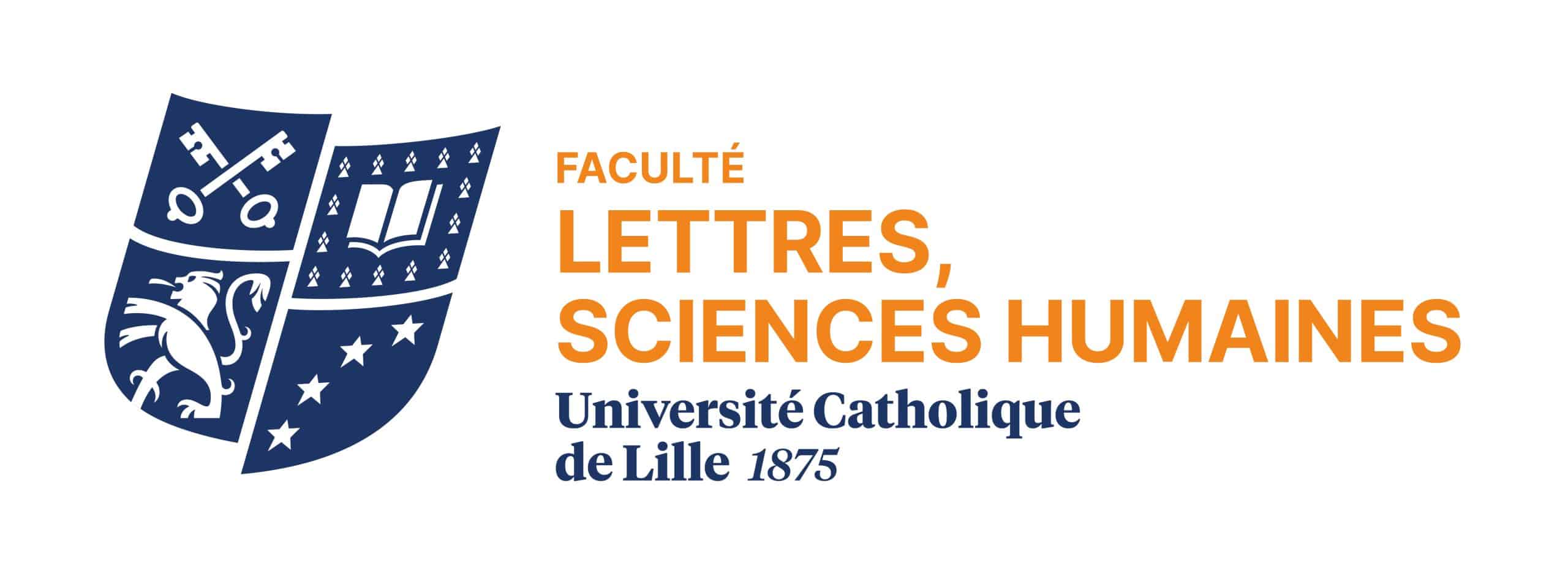
Conservation et gestion des collections
Etablissement : Faculté des Lettres et Sciences Humaines – FLSH
Langue : Français
Formation(s) dans laquelle/lesquelles le cours apparait :
Période : S2
– Appréhender l’environnement de collections muséales.
– Maitriser les notions de conservation préventive et de mouvements des œuvres.
– S’exercer à la méthodologie du travail d’inventaire et de conditionnement.
Découverte de l’environnement des collections au sein des musées par le biais des notions de leur gestion et de leur conservation dans l’optique d’une meilleure connaissance et d’une valorisation pertinente. Initiation au métier de régisseur des œuvres par la mise en pratique de cas proposés.
Programme :
1 – La conservation préventive, la conservation curative et la restauration
2 – L’inventaire des collections et le récolement décennal
3 – La régie des œuvres (mouvement intérieur et extérieur des collections)
4 – Le conditionnement des collections
(L’ordre du programme peut évoluer en fonction de la possibilité de pratiques sur le terrain)


